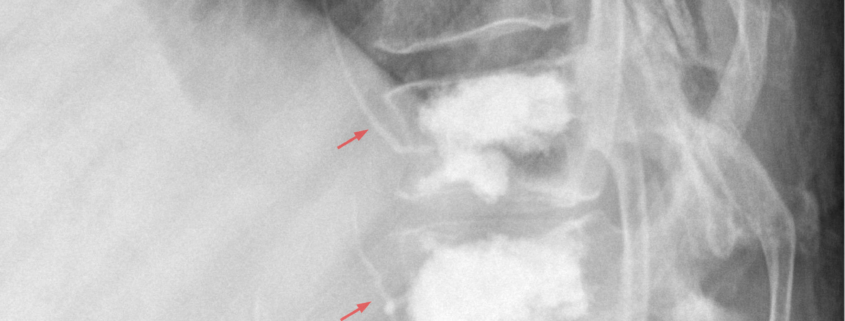
Kyphoplasty
Overview
Kyphoplasty is a minimally invasive surgical procedure used to treat spinal fractures caused by osteoporosis, cancer, or injury. This surgery aims to reduce pain, restore vertebral body height, and correct spinal deformity. It involves injecting a special cement into your vertebrae – the small, bony parts that make up your spinal column. The procedure is common and often highly effective, providing significant relief to those suffering from spinal fractures.
Types
Not applicable for this topic as Kyphoplasty is a specific type of surgical procedure rather than a condition with different types or subtypes.
Causes
The necessity for Kyphoplasty often comes from conditions that weaken the spinal bones, such as:
• Osteoporosis: A condition that weakens bones making them fragile and susceptible to breaking.
• Spinal Tumor: Abnormal growths in the spinal cord can cause fractures.
• Hemangioma: A benign blood vessel tumor in the spine.
• Trauma: Impact injuries from falls or accidents may cause spinal fractures.
Symptoms
The following symptoms are commonly associated with spinal fractures and may signal the need for a procedure like Kyphoplasty:
• Severe and sudden back pain.
• Worsening of pain when standing or walking.
• Some lessening of pain when lying down.
• Difficulty and pain when bending or twisting.
• Loss of height.
• Changes in posture.
Diagnosis
Before suggesting the procedure, the doctor will likely perform several tests including:
• Medical History Review: A comprehensive review of your health history to understand existing conditions, medications, and potential risks.
• Physical Examination: A general examination to check overall health and to evaluate the presence of tenderness over the affected area.
• Imaging Tests: X rays, CT scans, or MRI may be used to visualize the condition of the vertebrae and confirm the nature of the fracture.
Treatment Options
Conservative and non-surgical treatments are often the first line of defense. These can include:
• Pain medications.
• Bed rest.
• Wearing a brace.
• Physical therapy.
When these measures are not enough, your doctor may recommend a procedure like Kyphoplasty, where a balloon is used to create a space into which a type of bone cement called polymethylmethacrylate is injected to stabilize the fracture.
Living With Kyphoplasty
After you’ve had a Kyphoplasty, it’s important to follow your doctor’s advice for recovery and aftercare. Here are some tips:
• Follow a balanced diet rich in calcium and vitamin D.
• Engage in regular weight-bearing exercise such as walking.
• Pay attention to improving your posture.
• Always take prescribed medications on time.
• Follow up regularly with your doctor to monitor the condition.
When to Seek Help
While Kyphoplasty generally has high success rates, be vigilant and seek emergency medical help if you experience the following:
• Severe back pain.
• Loss of bladder or bowel control.
• Numbness or weakness in arms or legs.
• Signs of infection like fever or redness at incision site.
Remember, Kyphoplasty is a safe and effective procedure that can greatly help you manage spinal fractures. Always consult with your doctor or specialist to ensure that it’s the right approach for your condition.
